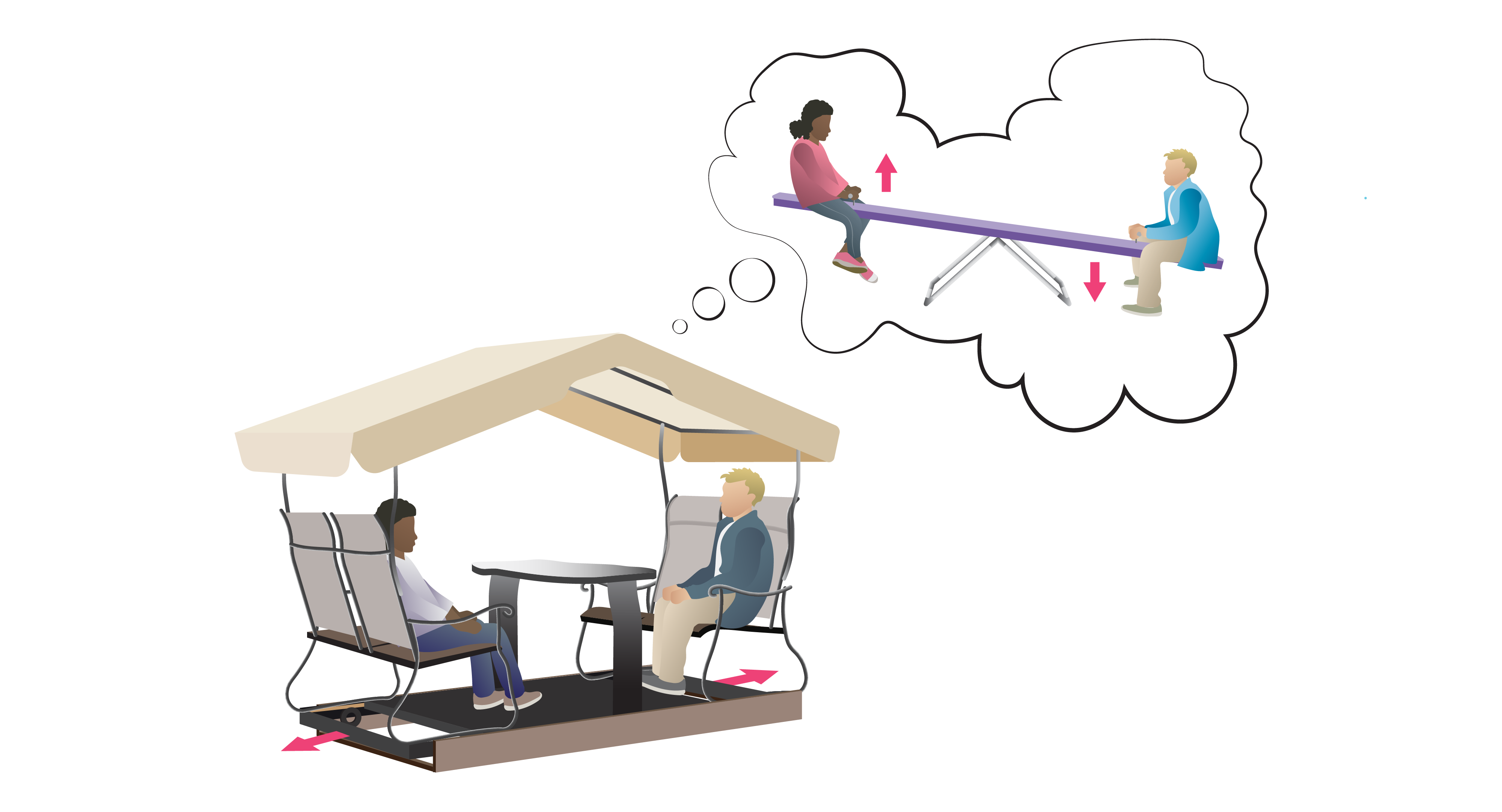
7.5 Multisensory Delight
Some products, such as the alarm clock we have been discussing, are manufactured to engage with a dominant sense. An alarm clock needs to offer correct and accurate auditory feedback, or the product is only a time-telling decoration and at risk of becoming obsolete (Schifferstein, 2006). A watch might be visually appealing when purchased, but if it grates against our skin or no longer provides auditory feedback, it will lose its appeal. Have you ever owned a pair of boots that were fashionable yet hard to put on or uncomfortable to wear, or developed an unpleasant smell from the material used? We all want to enjoy using our things, which is why designers should be aware of the kinds of multisensory impacts – both frustrations and delight – we experience while we use them. This will encourage us to keep our things longer and avoid discarding them.
Sensory frustration vs delight
According to positive psychology, if we experience product interactions as more enjoyable than frustrating, we may have engaging and delightful feelings (Pohlmeyer, Anna, 2012). Happiness and delight go together; they seem to influence the way sensory dominance changes over time. For example, if it is a pleasant experience to use your can opener, over time you may rely less on looking at it and more on listening to the auditory feedback it provides. This also relates to the following three levels of happiness or delight derived from Park & Alderman (2018): i) immediate delight ii) delight through flow and iii) gratifying longer-term changes that build on the concepts about design for emotion, discussed in Chapter 1.
1. Immediate delight is based on senses, aesthetics, or interest and is also connected to pleasant experiences. It can be designed into products and spaces through semantic or multisensory design product qualities that are enjoyable to use. These qualities can promote good feelings and trigger good memories. For example, re-experiencing enjoyable memories can lead to immediate delight (or physio-pleasure) (Jordan & Green, 2002). Many of us enjoy engaging in activities that draw upon comforting memories from childhood – foods (tastes and smells), blankets and stuffed toys (tactile), or seasonal changes (hot summers and cold winters).
Pleasant memories last for a long time, are easy to recall, and lead to the desire for similar experiences that can be found in other products that are satisfying to use (Park & Alderman, 2018). According to a study conducted by Özcan & Van Egmond (2009), visual context also has a positive effect on sound identification and that context can be regarded as a series of associations in the user’s memory. For example, the multisensory swinging chair or seesaw seems to be a universal symbol of delightful relaxation; perhaps because it brings back our tactile and kinetic memories of rocking as a child, along with the auditory memories connected to the creaking noises of moving mechanical parts, the visual memories of seeing a loved one rocking, or the positive sense of well-being through working together to keep the rocking movement going.

Multisensory Delight can be triggered by multisensory features connected to pleasant memories
2. Delight through flow is based on being deeply engaged in achieving a task or activity. It usually involves complete absorption in the task at hand. A photographer in the wild may be so focused on the birds that they are not aware of the camera in their hand while taking pictures. The designer’s task is to make sure that the affordances of the camera – the weight, the placement of buttons, and the overall interface – provide a seamless experience for the user. If anything is out of sync, this kind of delightful experience will be disrupted. Over time and with practice using it, a well-designed product can become almost intuitive to use.
3. Gratifying longer-term changes are based on changing behaviours or developing good skills/habits. These may evolve as we develop the habits or skills that lead to fulfilling and delightful multisensory user experiences. These may align with ideo- and socio-pleasure (as discussed in Chapter 1) and contribute to new cultural ways of being comfortable about ourselves and others. We may perceive ourselves as trendy or fashionable when we have certain things that fit into our cultural or social worldviews. For example, the professional photographer may experience his camera as a multisensory (vision, touch, and sound) extension of his body while he continually repositions himself to take photos of his subjects. He just wants photos, not a cumbersome camera (this is the same principle as wanting toast, not toasters!); his hand-eye coordination becomes more gratifying as he integrates his camera into his work routine.
Park & Alderman’s 3 levels of Happiness

